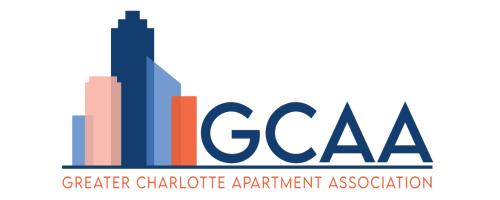Rethinking Public Transit
During last month’s Transportation, Planning, and Development Committee meeting, Charlotte City Council members reviewed the microtransit topics. They discussed the mix of commuter rail lines and bus rapid transit in Charlotte’s future transportation plan. The presentation showed that since 1998, commuter rail utilization has increased while BRT utilization has slowly decreased.
Bus rapid transit (BRT) is more than a buzzword. It’s a possible solution for the City of Matthews to provide affordable public transportation and reduce traffic congestion. Most importantly, BRT would provide efficient transportation for citizens as it opens potential affordable housing options for more than just residents living near a rail station. According to a National Institute for Transportation and Communities study, BRT encouraged the growth of new office and multifamily apartment construction. Local officials could find innovative public transportation solutions by examining how nearby towns are successfully implementing microtransit.
Gastonia is another nearby city that has found creative solutions for public transit. Last month, GoGastonia went live as the city’s public transportation service. The on-demand transportation system operates six fixed routes within Gastonia and will take a rider anywhere within the city limits. For $2.00 a rider, GoGastonia will carry up to five riders, like Uber and Lyft, but does not have surge fares. Gastonia residents can travel across the county without using a personal vehicle for less than a cup of coffee.
The intersection of public transportation and housing affordability comes down to affordable and safe public transit. Spending fewer taxpayer dollars on transportation opens up more taxpayer dollars for other critical needs like housing. As inflation rises, households might consider eliminating one or more vehicles to cut costs. Providing efficient public transportation allows residents to save money and embrace a higher quality of life.
